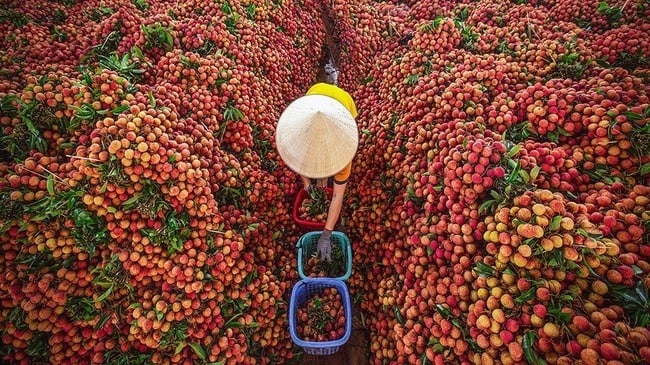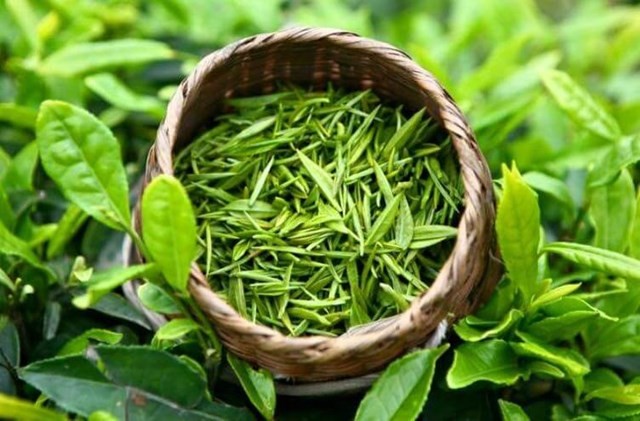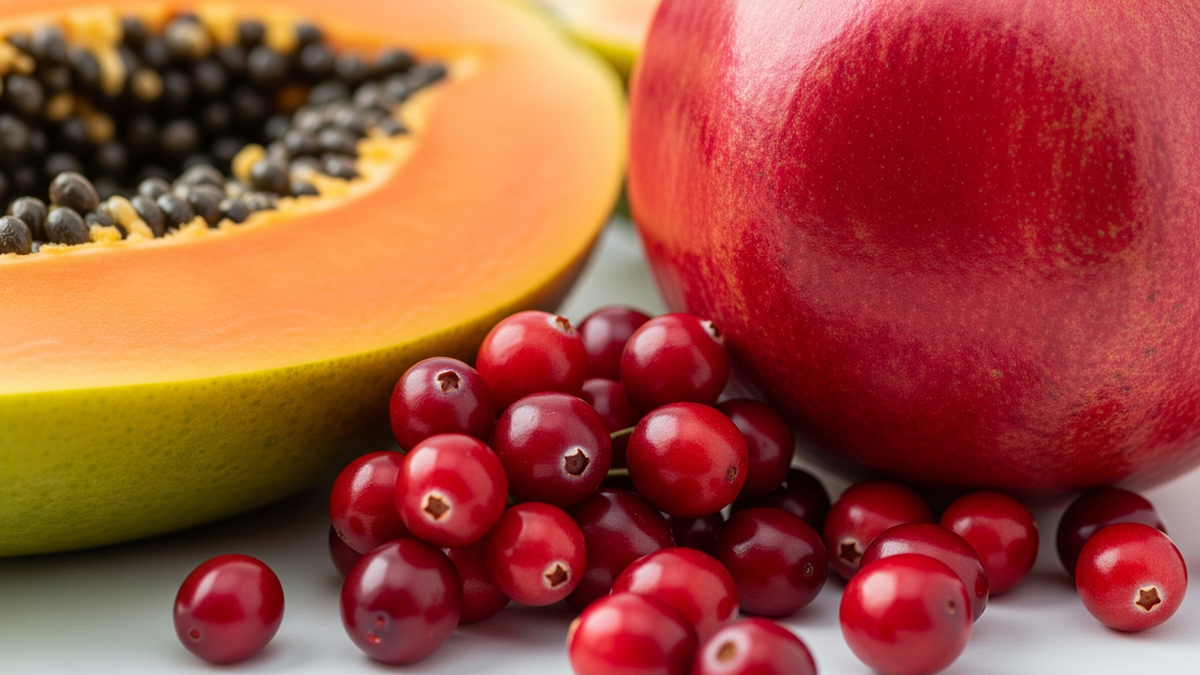 |
| Up to now, the preparation of conditions for exporting lychee to markets has been completed. (Source: Vietnam Agriculture Newspaper) |
Lychee is ready to "set sail" again
On May 21, Minister Le Minh Hoan and leaders of units under the Ministry of Agriculture and Rural Development held a discussion and provided information to press agencies on issues related to the agricultural sector.
Mr. Hoang Trung, Director of the Plant Protection Department, said that lychee in the North and some other key fruits are about to enter harvest season, the issue of consumption is always raised. Preparations for the export of lychee to markets have been completed.
For the Chinese market, Vietnam exports an average of 80,000-120,000 tons of lychee annually. This year, the work of instructing people, cooperatives, and businesses on technical requirements for exporting lychee to this market has been very smooth so far.
For the Japanese market, this year, Japan will send experts to directly supervise all lychee batches before exporting them here. Therefore, the Plant Protection Department has coordinated with relevant units to supervise and re-inspect all processing plants in Bac Giang and Hai Duong provinces.
For the Australian market, ensuring technical requirements for lychees exported to this market is currently very favorable (lychees entering this market use the irradiation method) because currently the irradiation plant of the Hanoi Irradiation Center can handle it.
For the US market, through many discussions, the Ministry of Agriculture of this country has created conditions for Vietnam to have one more recognized irradiation facility that meets the requirements of the US side, which is the Hanoi Irradiation Center.
Regarding the issue of granting and managing growing area codes and packaging facility codes, the Plant Protection Department has issued a document advising the Ministry of Agriculture and Rural Development to assign the task of granting growing area codes and packaging facility codes so that localities can organize and take the initiative in planning and determining which key crops and products need to be granted growing area codes and packaging facility codes for export as well as domestic consumption.
Regarding the issue of why Thai fruits are officially exported to China more than Vietnam, Mr. Hoang Trung informed that in the past 5 years, the speed of signing the Protocol with China has been equal to, or even faster than Thailand (the types of fruits and products we need to officially negotiate to sign the Protocol).
Chairing the press conference, Minister of Agriculture and Rural Development Le Minh Hoan said: "The market and prices are always unstable, we must gradually get used to these things because according to the market mechanism, it is never stable. Agriculture with 50 million farmers, serving production is not just directed in the form of official documents but must be close to reality."
Minister Le Minh Hoan requested the Department of Crop Production and the Department of Plant Protection to coordinate with the Ministry's Digital Transformation Center to update more intuitive information, thereby creating a habit for people to access and proactively produce according to market signals.
Exports continue to decline, falling deeper than the "frozen" period due to Covid-19
According to the latest statistics from the General Department of Customs, in the first half of May, the country's total export turnover reached 11.4 billion USD, down more than 21% compared to the second half of April. Accumulated from the beginning of the year to May 15, the country's total export turnover reached 118.6 billion USD, down 12.8% compared to the same period last year.
On the other hand, imports of goods in the first half of May reached 12.4 billion USD, a slight increase compared to the previous period. However, if calculated from the beginning of the year to May 15, Vietnam's imports of goods reached 112 billion USD, a decrease of 18% compared to the same period last year.
Thus, to date, the total import-export turnover of the whole country has only reached over 230 billion USD, down 15.3% compared to the same period last year, equivalent to a decrease of nearly 40 billion USD. The figure is even lower than the time when the Covid-19 pandemic broke out strongly in 2021, when the total import-export turnover reached 234 billion USD.
Notably, key import and export groups such as: phones and components; computers, electronic products and components; textiles; footwear... all decreased sharply compared to the same period last year.
With the current scale, in the first months of the year, import-export turnover only reached an average of 51.2 billion USD per month, while this figure in the same period last year reached more than 60 billion USD.
The General Department of Customs stated: "To achieve the same scale as last year (more than 730 billion USD), in the remaining time of this year, Vietnam's import-export turnover must reach about 500 billion USD, equivalent to an average of nearly 67 billion USD per month. This is a challenging target for management agencies and the business community."
Explaining the reason for the decline in exports in the first four months and the first half of May 2023, at a recent regular press conference of the Ministry of Industry and Trade, Deputy Minister Do Thang Hai said that major economies that are Vietnam's export partners such as the US and the European Union (EU) have reduced spending on purchasing common and luxury products, causing the volume of orders to decrease, while domestic industrial production sectors are mainly export-oriented, heavily dependent on the global market because domestic production output far exceeds domestic market demand.
In addition, the decline in export orders and the decline in export prices are also factors that reduce export turnover. In the first 4 months of 2022, many items had a deep price reduction of 20-30% compared to the same period last year such as: Pepper decreased by 34.3%, rubber decreased by 21.2%, crude oil decreased by 15.9%, other ores and minerals decreased by 19.8%, iron and steel decreased by 25.2%, fertilizers of all kinds decreased by 33.6%...
Regarding the trade balance, Deputy Minister Do Thang Hai said that the high trade surplus contributes to stabilizing the balance of payments and the macro economy, but in the current situation, it is necessary to re-evaluate carefully, because the trade surplus due to the decrease in the import of input materials due to the lack of orders is not necessarily positive. On the contrary, in some cases, the trade deficit is not necessarily bad. It is necessary to coordinate to re-evaluate more carefully, from which there are solutions for import and export activities in the coming time.
According to Mr. Hai, the world economy continues to face difficulties despite signs of recovery, but slowly and unevenly across countries, so consumer demand is also recovering slowly. Furthermore, developed countries are increasingly concerned about consumer safety issues and are setting up new standards and new technical barriers for imported products; China's reopening has increased competition in Vietnam's export markets... which will continue to impact Vietnam's production and import and export in the coming months.
Vietnamese tea "struggles"
According to data from the General Department of Customs, in April 2023, Vietnam exported 8,091 tons of tea, reaching 13.71 million USD, up 4.5% and 9% respectively compared to the previous month. Compared to the same period in 2022, the volume and value of Vietnam's tea exports decreased by 9.2% and 15.8% respectively. The average export price of tea in April 2023 reached 1,694.8 USD/ton, down 7.2% compared to April 2022.
In the first 4 months of 2023, tea exports reached 29,404 tons, worth 48.9 million USD, down 17.1% in volume and 22.1% in value compared to the same period in 2022. The average export price of tea reached 1,663 USD/ton, down 6.1% compared to the same period in 2022.
Tea exports to major markets such as Pakistan, Taiwan (China) and Russia all recorded decreases in the first four months of 2023.
 |
| Recently, tea exports to major markets have declined. (Source: Thai Nguyen Newspaper) |
Pakistan is currently Vietnam's largest tea export market (accounting for 36.6%) in the first 4 months of 2023 with 10,751 tons, reaching 19.48 million USD, down 3.2% and 6.8% respectively over the same period in 2022.
The prospects for tea exports to Pakistan are less positive as the country is going through an economic crisis due to foreign currency shortages and floods, which have caused food inflation to hit an all-time high of 47.2% in March 2023, impacting the affordability of basic necessities (including tea) for consumers in the country.
After Pakistan, Taiwan is Vietnam's second largest tea export market with 3,605 tons, reaching 5.64 million USD, down 14.8% in volume and 15.1% in value compared to the same period in 2022.
According to the Import-Export Department, the Taiwanese market plays an intermediary role for many types of Vietnamese products, including tea for export to European, American and East Asian markets.
However, the import demand of the Taiwanese market tends to decrease sharply due to the economic downturn. The GDP of the Taiwanese market in the first quarter of 2023 decreased by 3.02% compared to the same period in 2022, mainly due to the impact of global inflation, pressure on prolonged interest rate increases and continued weakening consumer demand.
Tea exports to the Russian market in the first 4 months of 2023 reached 2,427 tons, worth 3.94 million USD, down 12.5% in volume and 20.8% in value compared to the same period in 2022. The conflict between Russia and Ukraine remains tense, and sanctions against Russia have not stopped. Currently, major shipping lines and airlines have not resumed shipping to Russia.
Therefore, transportation and payment activities between Vietnam and Russia still face many difficulties, which affects the export of goods, including tea, to the Russian market.
Notably, among Vietnam's main tea export markets, China, Iraq and Saudi Arabia are the markets with double-digit volume growth of 99%, 19% and 16% respectively compared to the same period in 2022.
In terms of value, tea exports to China increased by 219% compared to the same period in 2022 and was the only market among the major markets with triple-digit growth. India followed with 20%; Iraq with 3% and Saudi Arabia with 0.1%.
Regarding average export price, China is the market with the highest export price at 2,637 USD/ton, followed by Saudi Arabia at 2,497 USD/ton, and Pakistan at 1,812 USD/ton.
Source


























![[Photo] National Assembly Chairman attends the seminar "Building and operating an international financial center and recommendations for Vietnam"](https://vphoto.vietnam.vn/thumb/1200x675/vietnam/resource/IMAGE/2025/7/28/76393436936e457db31ec84433289f72)










































































Comment (0)